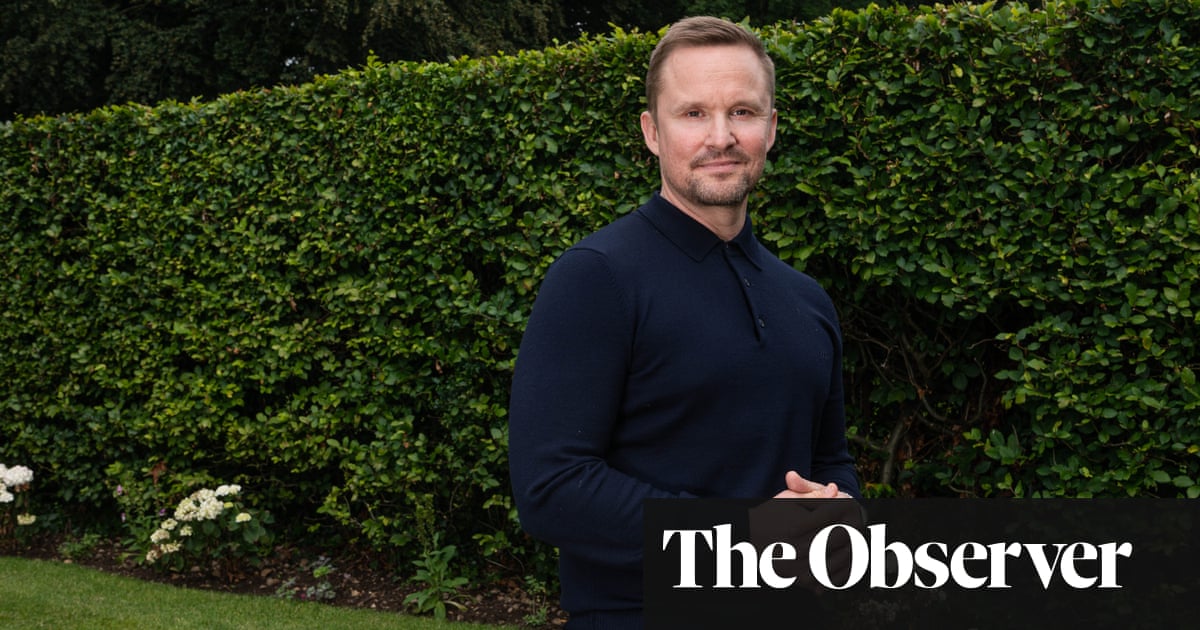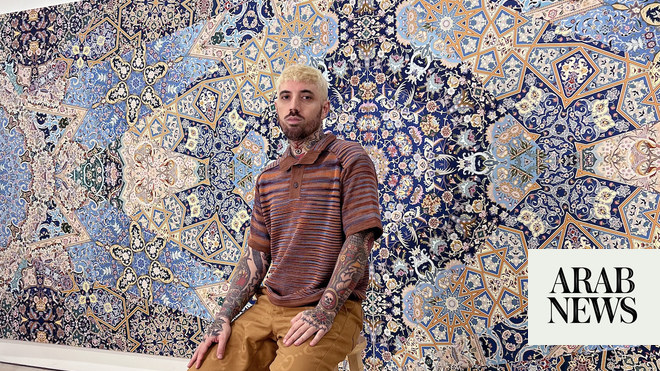
The artist Kevin Abosch has sold a picture of a potato for $1.5m, made a neon sculpture inspired by cryptocurrency, and even sold his own blood on the blockchain.
So in many ways, entering the world of non-fungible tokens (NFTs) was the next logical step for the 51-year-old Irish artist, whose work explores themes of digital currency and value.
Non-fungible tokens (NFTs) are electronic identifiers that verify the existence and the ownership of a digital collectible. The technology has been around since at least 2017, and come as an offshoot of the boom in cryptocurrencies, which also run on the blockchain.
But the NFT craze hit frenzied new highs in March when Christie’s, the prestigious art auction house, auctioned off a digital collage by an artist who goes by the name of Beeple for nearly $70m, immediately making him the third-most expensive living artist in history.
The seemingly meteoric rise of NFTs has many wondering why any collector would want to buy one, but for artists like Abosch, NFTs are helping to solve problems that have long been central to digital art: how do you claim ownership of something that can be easily and endlessly duplicated? And what does ownership of art mean in the first place?
In 2020, Abosch started working on a series of images that tackled themes of cryptography and alphanumeric codes. After several of his in-person shows were cancelled due to the Covid-19 pandemic, Abosch decided now was the perfect opportunity to sell his work as NFTs. He plotted to auction them on OpenSea, the largest marketplace for the tokens, which sees 1.5 million weekly visitors and facilitated $95m in sales in February 2021 alone.
Months later, he made a profit of $2m from the series, all art that cannot be physically transported to a gallery or hung on a wall. It made him the most successful NFT artist on the OpenSea platform. When he spoke to the Guardian on the eve of the sale in March, he said the idea that a piece of art must be a physical purchase that can be displayed somewhere is quickly becoming outdated.
“Some people struggle with this idea because they want to know, what is it you actually own?” he said. “But people of a younger generation don’t struggle with it. It’s a very old-world idea, wanting to hold something in your hand, as if as if the intangible or the immaterial doesn’t have value.”
An NFT auction works much like an online auction on platforms like eBay. Each work is displayed online as a jpeg file that contains metadata – which literally means “data about data” – about the work’s title, number, and who owns it.
Abosch’s 1111 series launched at 11.11am EST on OpenSea, , where he put up 111 works for a set amount of time. After the start of the auction, interested potential buyers go to the page for Abosch’s sale to bid on each work of art individually – in this case using the cryptocurrency Ethereum.
While the NFTs were sold on Opensea, the actual string of characters that attaches the owner to their new NFT is stored on Arweave, a software that fashions itself as a kind of permanent internet by storing files in perpetuity across a distributed network of computers so that they cannot be deleted or destroyed in the future.
In other words: using Ethereum, a buyer will pay for a jpeg on the NFT auction platform OpenSea and in exchange receive an address on Arweave confirming the purchase and ownership of the image.
Ultimately, 106 of the 111 works were purchased by 53 unique collectors, with the most expensive selling for $21,242.
Abosch said many artists like himself are drawn to the NFT technology for its democratizing nature: anyone can log on and purchase the goods, and the work comes with a publicly visible ledger of its entire history – when it was created, who has owned it, who has purchased it, and for how much.
Abosch described this as a departure from art purchases of the past, in which investors tuck valuable art away in storage to save it for a time when it will be worth more.
Cryptocurrency popularity and the rise of art market speculation have been gaining interest for quite some time – but the pandemic further primed the industry for the success of a technology like NFTs, said Andrei Pesic, an art history professor at Stanford.
“In the years of 2020 and 2021, as we have so weirdly and radically had to move much of our lives online, it has opened up or accelerated the process of valuing digital goods in a similar way that we value physical goods,” he said.
Abosch, who has been using the blockchain to create art since 2013, said he believes the craze surrounding NFTs has been ignited by two factors: that the technology is legitimately interesting and useful, and that any new shiny item that is making people get rich quick can easily draw attention.
“We are in a major transitional period – it’s like we’re in the middle of a serious earthquake, except at the end of the earthquake instead of everything being destroyed, we’re going to see new structures that are actually really interesting,” he said. “But there’ll be some rubble as well.”












